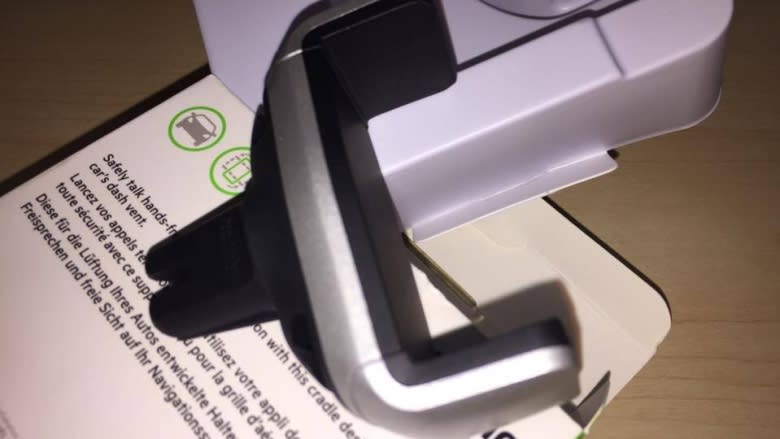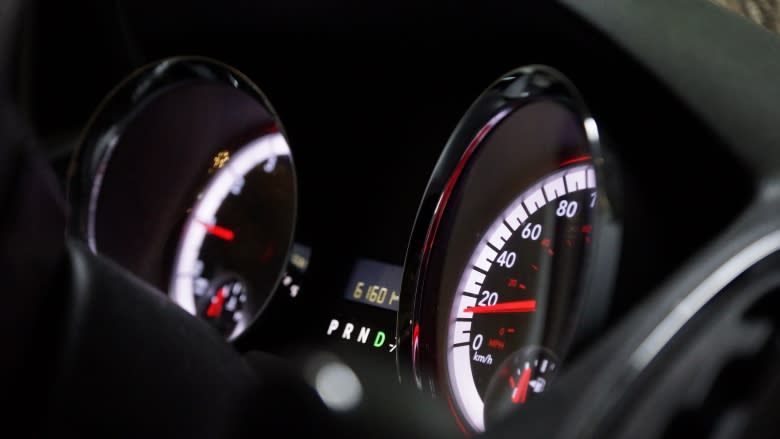Phone secured while driving? Cup holder won't cut it
Using a cell phone or global positioning system while driving can cost drivers in B.C. if done wrong, and police say many people remain confused about the muddy rules around phone mounting.
It can't be too low or block the driver's view.
To avoid a $368 mistake, people buy phone holders but even that can be problematic when trying to follow the letter of B.C.'s tough distracted driving laws that have netted $48-million in fines since their inception — fines that have proven to be hard to beat.
Police urge people to forgo using a device while driving, if possible, but if it is near the driver, it must be securely attached to the car or the person — for example in a pocket — and remain in hands-free or voice-activated mode.
If mounted to the car, it not only matters where but what is displaying on the screen.
Video or television is not allowed to distract the driver's eye, with the exception of GPS and that can only be used secured and hands-free.
Most important — no touching the phone.
Officers nail tens of thousands of drivers under distracted driving laws every year and every blitz is successful, despite the fact the laws came into effect in 2010 and allow a lot of latitude to charge people.
"A person must not use an electronic device while driving or operating a motor vehicle on a highway," according to Section 214, Chapter 318 of the Motor Vehicles Act.
Part of the reason people make errors is that the general description in the law leaves a lot of room for interpretation, which, officials say, was done to cut down on distraction-caused accidents.
The insurance Corporation of B.C. (ICBC) estimates about 25 per cent of the on-average 800 crashes a year are related to distracted driving, which kills about about 78 people a year.
"One of the most common distracting things people do is engage with their phone, and it's one of the riskiest distractions." said Mark Milner, road safety manager for ICBC.
When traffic officers hunt for violators they check:
- Is the device secured.
- Is the driver touching or looking at the device.
- Does the placement distract the eye from the road.
Any device used must be in a pocket or secured to the dash or a vent, making sure it does not "interfere with the safety or operation [of the motor vehicle]" in any way by blocking vision or diverting vision from the road — so the cup holder or driver's lap won't cut it.
A mounted phone or GPS also must keep vision clear to both front or side windows.
A driver can touch the phone once, to answer a call, but that is it.
"You can only give voice commands to change the programming," said RCMP Sgt. Lorne Lecker, detachment commander Deas Island Traffic Services who looks for the tell-tale blank stare when evaluating screen touches and glances at the phone.
"We do not charge if a person merely casts a glance towards the phone. We charge that driver who has that look we all see far too often. The one staring unmoving at their screen."






